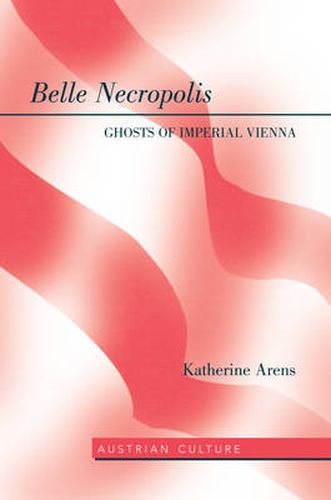Readings Newsletter
Become a Readings Member to make your shopping experience even easier.
Sign in or sign up for free!
You’re not far away from qualifying for FREE standard shipping within Australia
You’ve qualified for FREE standard shipping within Australia
The cart is loading…






This title is printed to order. This book may have been self-published. If so, we cannot guarantee the quality of the content. In the main most books will have gone through the editing process however some may not. We therefore suggest that you be aware of this before ordering this book. If in doubt check either the author or publisher’s details as we are unable to accept any returns unless they are faulty. Please contact us if you have any questions.
Since coming to public notice through major museum catalogues and the work of Carl Schorske around 1980, fin de siecle Vienna has been cast as the final bloom of a dying culture. Yet this assessment is itself a historical construct, deriving from the politics of the twentieth century. This volume argues that Habsburg nostalgia is anything but backward looking: instead, images from this glittering Habsburg past become evidence of a culture’s sophisticated sense of how and why history is made, in both official and popular spheres. Including the first translation of an original account of Crown Prince Rudolf’s suicide at Mayerling in 1889, Belle Necropolis argues for Austria’s continued reuse of its own history to point the way toward the future rather than simply memorializing a past that only exists as living memories of shared stories, not as a truth in itself. Case studies included here range from imperial stereotypes before 1900 through their adaptations in the film 1. April 2000 and today’s musicals, and from the politics of representing Austria since Rebecca West up through Schorske’s master narrative of the Ringstrasse. Through these studies, Habsburg culture emerges as a culture of commemoration that uses its own past to overcome the limits of a small country seeking a role on the contemporary world stage.
$9.00 standard shipping within Australia
FREE standard shipping within Australia for orders over $100.00
Express & International shipping calculated at checkout
This title is printed to order. This book may have been self-published. If so, we cannot guarantee the quality of the content. In the main most books will have gone through the editing process however some may not. We therefore suggest that you be aware of this before ordering this book. If in doubt check either the author or publisher’s details as we are unable to accept any returns unless they are faulty. Please contact us if you have any questions.
Since coming to public notice through major museum catalogues and the work of Carl Schorske around 1980, fin de siecle Vienna has been cast as the final bloom of a dying culture. Yet this assessment is itself a historical construct, deriving from the politics of the twentieth century. This volume argues that Habsburg nostalgia is anything but backward looking: instead, images from this glittering Habsburg past become evidence of a culture’s sophisticated sense of how and why history is made, in both official and popular spheres. Including the first translation of an original account of Crown Prince Rudolf’s suicide at Mayerling in 1889, Belle Necropolis argues for Austria’s continued reuse of its own history to point the way toward the future rather than simply memorializing a past that only exists as living memories of shared stories, not as a truth in itself. Case studies included here range from imperial stereotypes before 1900 through their adaptations in the film 1. April 2000 and today’s musicals, and from the politics of representing Austria since Rebecca West up through Schorske’s master narrative of the Ringstrasse. Through these studies, Habsburg culture emerges as a culture of commemoration that uses its own past to overcome the limits of a small country seeking a role on the contemporary world stage.